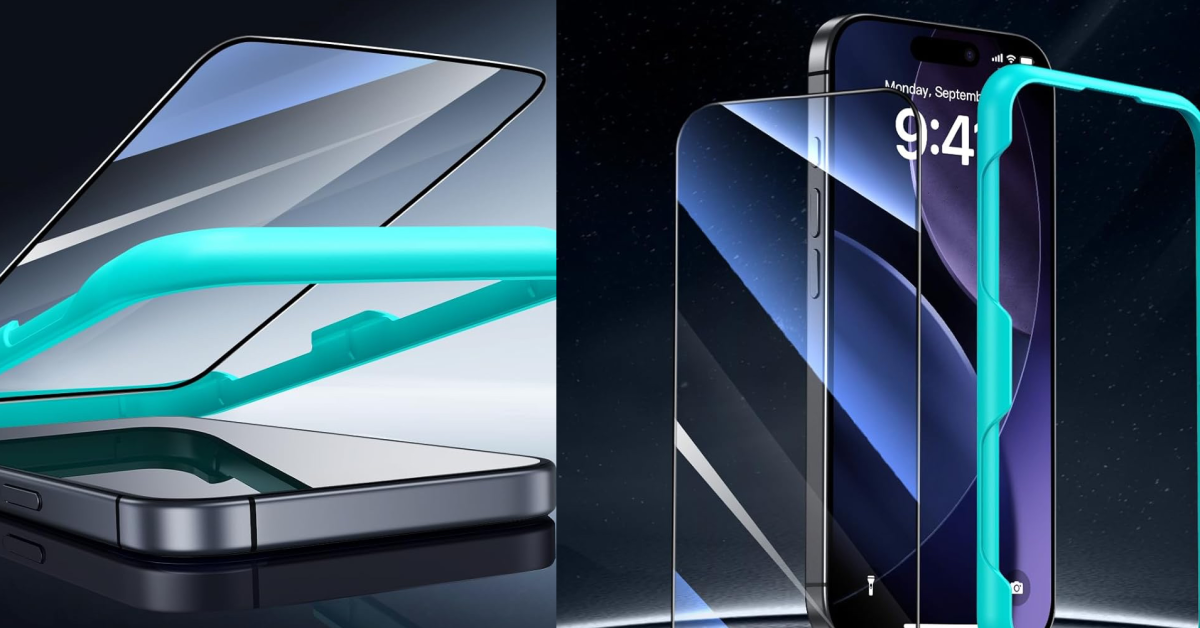
One one level, this is just natural progress. As technology evolves, it is just common sense that any organisation will look to ways to take advantage and improve efficiency. If advances in artificial intelligence and video conferencing allow doctors and nurses more time to focus on the most pressing matters, that is obviously a good thing. If it means more patients with less serious conditions can recover at home rather than spending weeks in a much-needed hospital bed, so much the better.
But it would also be wise to sound a note of caution, and not expect AI to be the silver bullet that can solve all the NHS’s problems.
For a start, there is the matter of cost and implementation. A major overhaul of the way the NHS operates is inevitably going to be a complicated process, that will require a lot of money and time. The public sector does not have the best track record on major computer programmes, and it is hard to imagine that the ‘online hospital’ won’t suffer from its share of teething troubles.
More pertinently, it is important that clear limits are set at an early stage on how much we can expect AI to deliver. There are many cases where patients, who would otherwise be confined to hospital, could follow a few basic instructions in the home, avoiding disruption to their lives, and freeing up much-needed beds. The danger is that ‘mission creep’ sets in, and within a few years actually seeing a doctor face-to-face becomes something of a rarity.
The Prime Minister has stressed that use of the new NHS app will be strictly voluntary, and patients who prefer to visit their local hospital in person will still have that choice. The fear is, though, that as the use of the technology expands, it will start to draw resources away from physical hospitals, and the choice becomes one in name only. One only has to look at the decline of the high-street bank to see what happens once the technology takes hold.
Used carefully, the internet and AI can be a crucial tool in making the NHS a slicker, more efficient service that is fit for the 21st century.
What it must never become is a substitute for doctors and nurses



